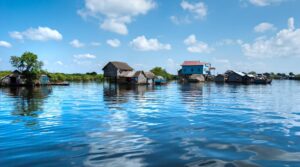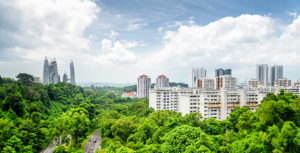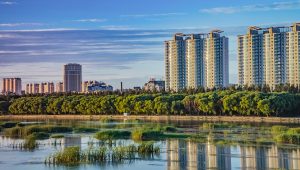Charting a Sustainable Path for Renewable Energy Development
Global energy demand is in a state of flux. A 26 per cent population growth as well as an average global economic growth of 3.5 per cent until the year 2035 are underlying drivers (IEA, 2013). Consequently global energy demand will increase by 40 per cent during that period.
Renewable energy will show the fastest relative growth during this period but will, nevertheless contribute a minimal share of total energy supply during the same period. Fossil fuels will dominate the energy mix with the likely impact that global targets on curbing global warming will be missed by a substantial margin (Ibid). When looking at total primary energy demand, hydropower and biomass are likely to continue to make up the dominant sources among renewable energy sources within the projection period (Ibid).
Both energy sources are also vital components to Sweden’s energy supply. The cluster group on water and energy linkages has been made up of a range of actors representing diverse interests and sectors related to bioenergy and hydropower. As part of its mission the group has explored perspectives, shared knowledge and moved forward the understanding of key issues related to aspects of the water and energy nexus, the concept describing the interdependencies of water and energy. This policy report captures perspectives of both hydropower and bioenergy relevant from a Swedish perspective as well as an international one.




